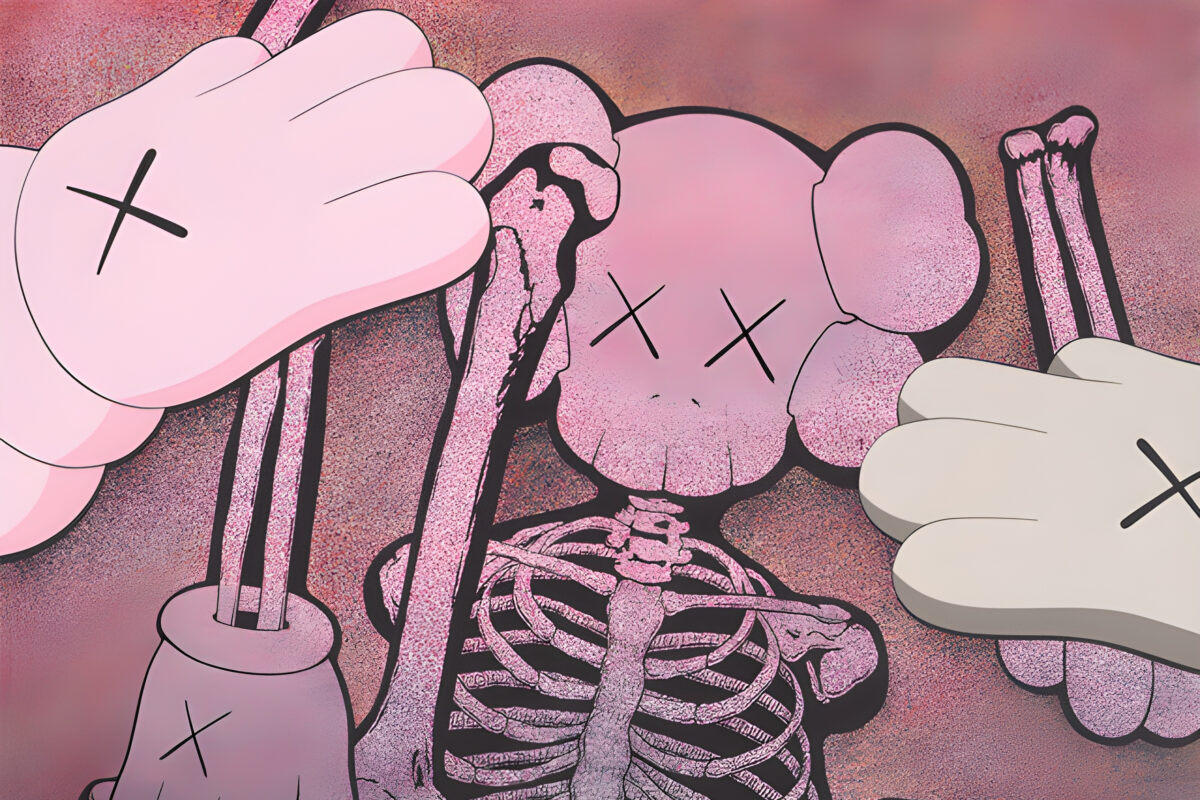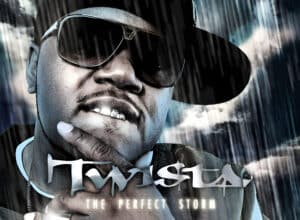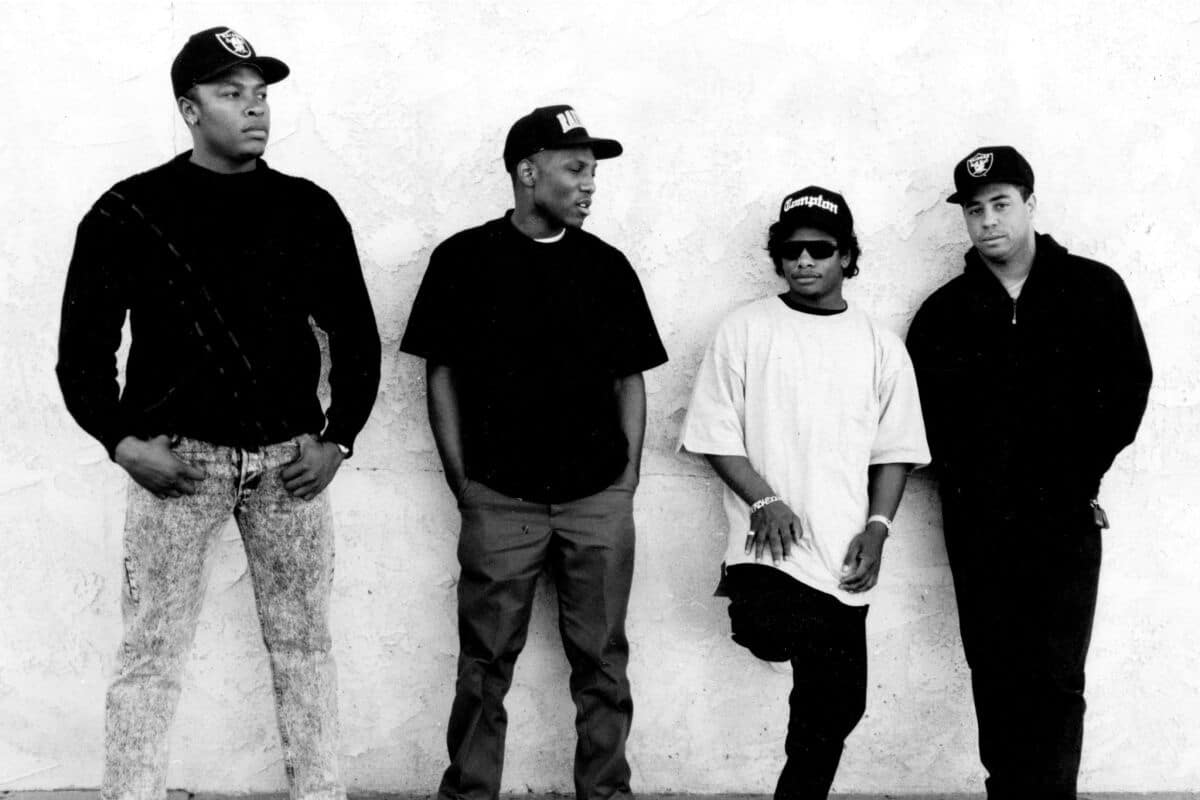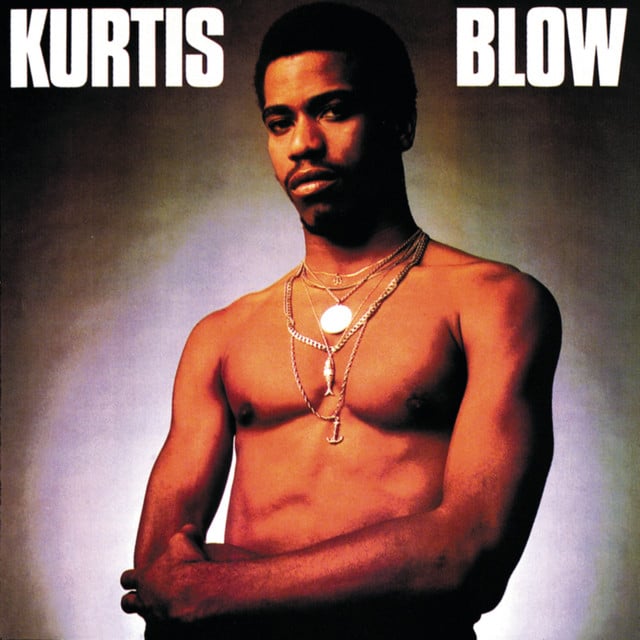Released: 2025
“Chains & Whips” by Clipse featuring Kendrick Lamar, Pharrell Williams, Pusha T, and Malice explores the intertwined themes of wealth, societal pressures, and personal conflicts. The lyrics traverse through introspection on materialism and success, drawing connections between the past and the present struggles in their environment. It comments on how the desire for opulence can entrap individuals in a vicious cycle, with hints of both condemnation and recognition of personal battles within the culture.
The hook is potent and repetitive, emphasizing the crux of the song with a cynical view on material obsession: “Uncle said, ‘Nigga, you must be sick / All you talk about is just getting rich’ / Choke my neck, nigga, and ice my bitch / Beat the system with chains and whips.” Here, the mention of ‘chains and whips’ cleverly intertwines literal jewelry with historical context, alluding to the remnants of slavery that haunt current societal values. The pursuit of wealth is presented as both a rebellious act against the system and an imprisonment of the spirit.
In the first verse, the artist elaborates on the hollow chase for luxury. Pusha T conveys this through sharp metaphors, suggesting that while some buy sections of things (indicative of a superficial status), others, including himself, invest in entire collections, highlighting a deeper understanding or investment. He speaks to a culture obsessed with reality TV and surface-level validation, indicating a loss of deeper values and personal fulfillment.
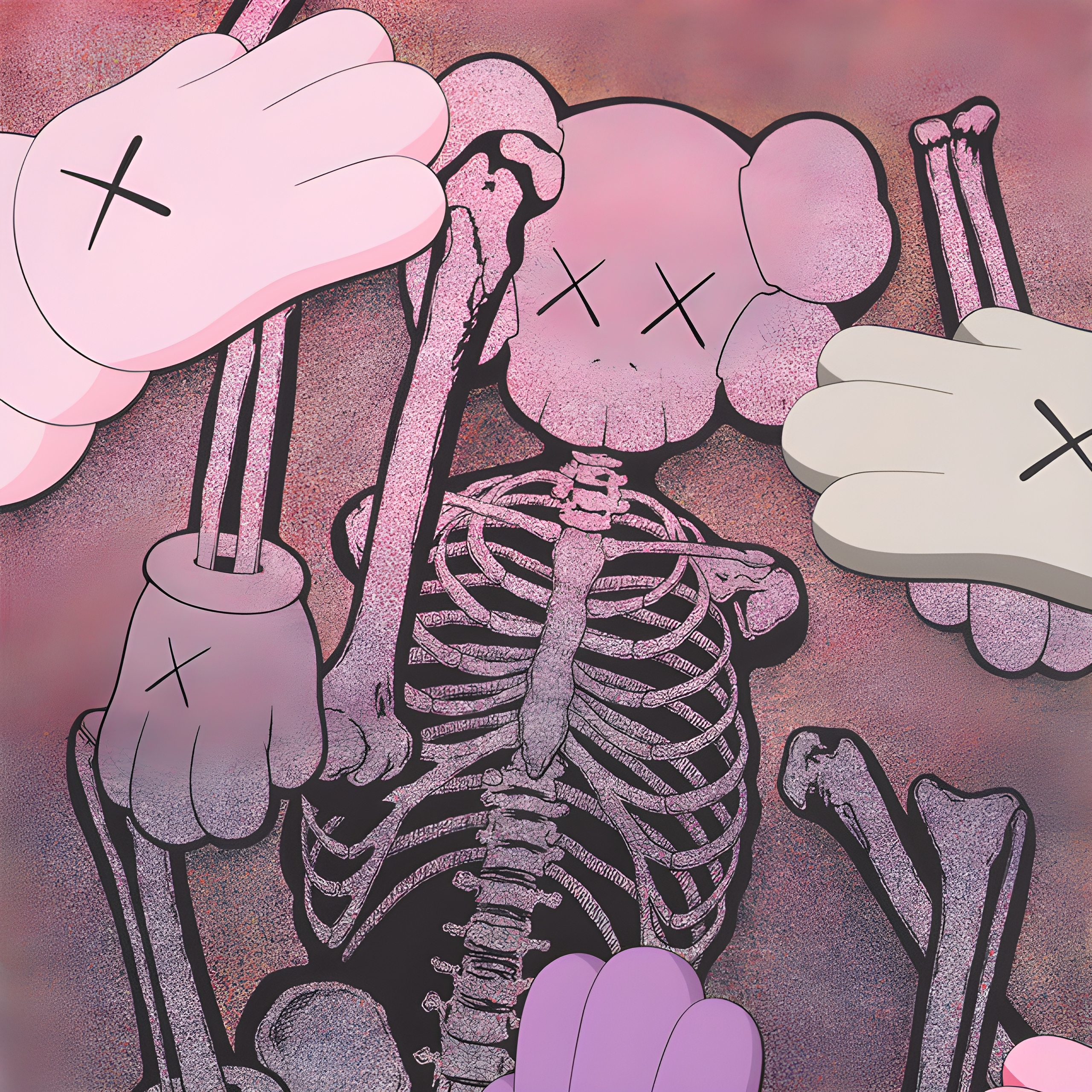
Pusha T continues with warnings about misplaced priorities: “Misery’s fueling your regression / Jealousy’s turned into obsession.” He criticizes the fixation on temporary fame and societal acceptance over long-term success and personal happiness. His reflections bring forth the emptiness in clinging to such transient values.
As the verse progresses, he throws a critical lens on modern consumerism, as well as on other artists who lack authenticity and strive for relevancy in the wrong ways. By stating, “We all in the room, but here’s the elephant / You chasing a feature out of your element,” he highlights the struggle to remain relevant in a competitive industry.
Kendrick Lamar takes over, dropping lines with his signature poetic flair. He calls out superficial attempts at connection: “I’m not the candidate to vibe with / I don’t fuck with the kumbaya shit.” Kendrick paints himself as someone deeply disinterested in surface-level interaction, bringing focus back to the existential dialogues that matter.
Lamar further delves into self-exploration with lines like “Therapy showed me how to open up / It also showed me I don’t give a fuck,” juxtaposing vulnerability with apathy. He muses on his personal journey and how it aligns with larger themes of existential discovery and detachment from societal norms. This indicates a kind of resilience in preserving one’s essence amidst chaotic surroundings.
The verse sees Lamar tackle hip-hop’s evolution: “Let’s be clear, hip-hop died again.” With poignant imagery, he critiques the commercialization of hip-hop and stresses the importance of foundational influences, making an apparent homage to iconic figures like Rakim. This underlines the battle to preserve the authenticity of the genre against changing tides.
As Lamar navigates his lyrical path, he engages in a wordplay exercise that encapsulates his influence and perception within the hip-hop community. The commentary is clever and unapologetic: “Niggas want the tea on me, well, here’s the ginger root / I generate residuals, bitch, get off my genitals.” He playfully boasts about his enduring impact while warding off critics.
Concluding the track, both artists reiterate the conflict between aspirations for material success and the intrinsic costs of those pursuits. The juxtaposition of wealth and moral erosion, alongside cultural implications of “chains and whips,” threads a narrative deeply aware of its heritage. This reflection on history and personal ethos offers a layered interpretation of hip-hop as both a personal and collective journey, alluding to the historical ties and their implications in modern artistry.
